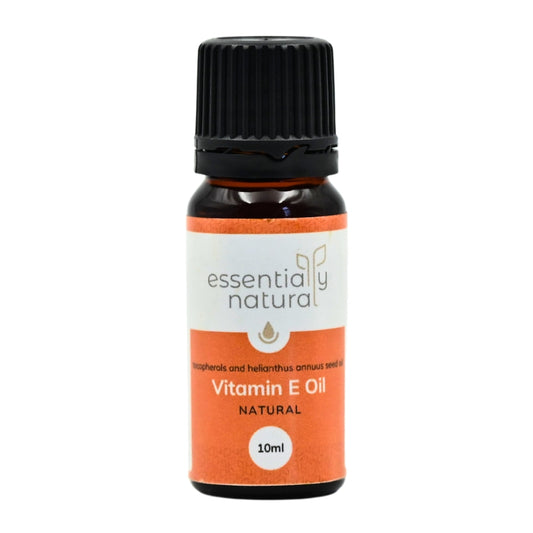
Working With Retinyl Palmitate
Juliette van der MeerRetinyl palmitate is part of the famous retinoid family, which are supreme antiagers in the cosmetics world. The head of this family is retinoic acid which you may have come across as tretinoin (which needs a doctor's prescription). But other family members include retinol and today's subject, retinyl palmitate.
Retinyl palmitate is an ester of retinol, and is converted to retinol and then the key active, retinoic acid, in the skin. Because this multi-step process takes longer, retinyl palmitate is much gentler than retinol or pure retinoic acid. Because of its gentle nature, retinyl palmitate is ideal for those with sensitive skins, or whose skin struggles with plain retinol, which is a known irritant.
Once converted, the active component, retinoic acid, contributes to skin renewal, and promotes collagen and elastin, which in turn prevent the signs of aging in the skin like wrinkles and fine lines. Not bad!
Solubility
Retinyl palmitate comes stabilised in an oil, and is oil soluble, so when working with it you will add it to either your cold process oil phase, or the cool down phase in emulsions.
Usage
Typical usage is 0.5% - 1% but if your skin can handle it you can go higher. I sometimes even apply it neat on the skin and then layer over that with a moisturiser. Use at night, and use sunscreen during the day.
Cautions
Retinoids are known irritants, and while I don't find retinyl palmitate to be irritating, please reduce usage if you experience any irritation.
Retinyl palmitate is sensitive to light, oxygen and heat. Please use a dark glass bottle or other light-protecting bottle for your products containing retinyl palmitate. It is also advised to use a pump cap so as to minimise oxygen entering, which is common in a jar with a normal lid.
pH
As retinyl palmitate is oil soluble you don't need to work with a specific pH in mind - just keep it skin friendly.
Combinations With Other Ingredients
Retinyl palmitate works synergistically with Vitamins C, E and ferulic acid. We have a great oil soluble version of Vitamin C so you can easily combine those two if you like (plain ascorbic acid is otherwise water soluble so you would need to combine it with retinyl palmitate in an emulsion).
- Niacinamide - yes
- Other acids - technically yes but just watch out for any irritation factor.
- Hyaluronic acid - yes.
I also like using it together with lecithin as lecithin is a penetration enhancer. For more about lecithin, make sure to read our awesome blog on it here.
Types Of Products That Use Retinyl Palmitate
Serums, oils and moisturisers most commonly use retinyl palmitate. Use it in leave-on products.
I don't recommend incorporating it into wash-off products as it won't have time to work in the skin and will be wasted.

























5 comments
Hi Browen,
You could definitely combine 1% Retinyl Palmitate with 99% Rose Hip Seed Oil. Just ensure that you mix the ingredients thoroughly before applying to your skin.
The Retinyl Palmitate will help with anti-aging while the Rose Hip will nourish and hydrate. This seems like a great combo – Let us know how it works out for you!
Hi, can I mix 1% Retinyl palmitate to 99% Rose Hip Seed Oil?
Ferilic acid boost vit c efficacy also
Hi Mariki, ferulic acid is a stabiliser and antioxidant. It also has restorative and protective properties so it is great for both the skin on its own as well as protecting the properties of active ingredients
Hi Juliette,
Thank you for these wonderful articles – blog.
What is the purpose of the ferulic acid in this moisturiser? And in general?
Thank you,
Mariki